Help with building a new system
scorp
16 years ago
Related Stories
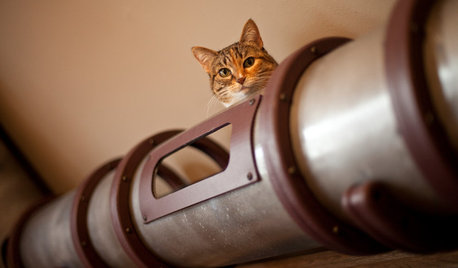
FUN HOUZZGeek Lab: How to Build a Steampunk Cat Transit System
Give your kitty another avenue for fun with a tubular walkway system that lets him go his own way
Full Story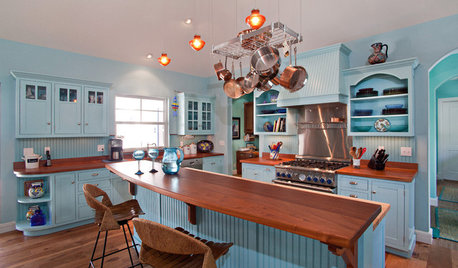
KITCHEN DESIGNHere's Help for Your Next Appliance Shopping Trip
It may be time to think about your appliances in a new way. These guides can help you set up your kitchen for how you like to cook
Full Story
REMODELING GUIDES8 Tips to Help You Live in Harmony With Your Neighbors
Privacy and space can be hard to find in urban areas, but these ideas can make a difference
Full Story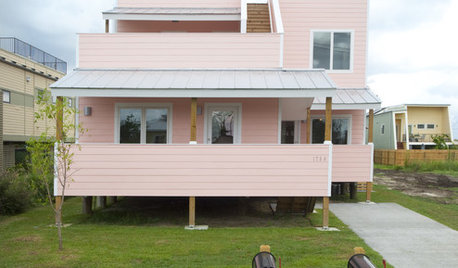
CONTEMPORARY HOMESFrank Gehry Helps 'Make It Right' in New Orleans
Hurricane Katrina survivors get a colorful, environmentally friendly duplex, courtesy of a starchitect and a star
Full Story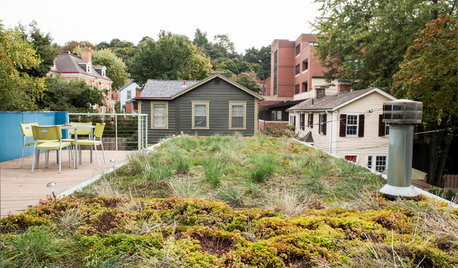
GREEN BUILDING4 Ways Green Roofs Help Manage Stormwater
See how a living roof of any size can have a big impact
Full Story
KITCHEN DESIGNKey Measurements to Help You Design Your Kitchen
Get the ideal kitchen setup by understanding spatial relationships, building dimensions and work zones
Full Story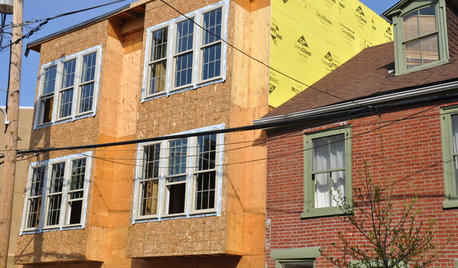
WORKING WITH PROS5 Steps to Help You Hire the Right Contractor
Don't take chances on this all-important team member. Find the best general contractor for your remodel or new build by heeding this advice
Full Story
GREAT HOME PROJECTSHow to Add a Radiant Heat System
Enjoy comfy, consistent temperatures and maybe even energy savings with hydronic heating and cooling
Full Story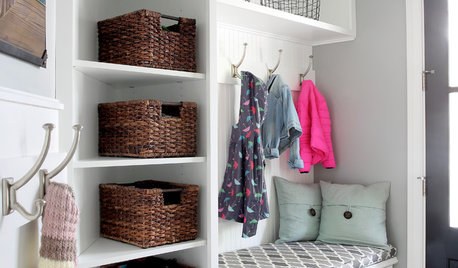
MOST POPULAROrganized From the Start: 8 Smart Systems for Your New House
Establishing order at the outset will help prevent clutter from getting its foot in the door
Full Story
LIFEDecluttering — How to Get the Help You Need
Don't worry if you can't shed stuff and organize alone; help is at your disposal
Full Story






tclynx
karpes2
Related Professionals
Wrentham Landscape Architects & Landscape Designers · Erie Landscape Architects & Landscape Designers · Suffern Landscape Architects & Landscape Designers · Wareham Landscape Architects & Landscape Designers · Elgin Landscape Contractors · Frisco Landscape Contractors · Ashburn Landscape Contractors · Concord Landscape Contractors · Fort Myers Landscape Contractors · New Brighton Landscape Contractors · Salem Landscape Contractors · Spring Landscape Contractors · Waltham Landscape Contractors · Westchester Landscape Contractors · Wilton Landscape Contractorswillardb3
tclynx
bilbo4
willardb3
bilbo4
tired_puppy
willardb3
sdrawkcab
sdrawkcab
tired_puppy
willardb3
sdrawkcab